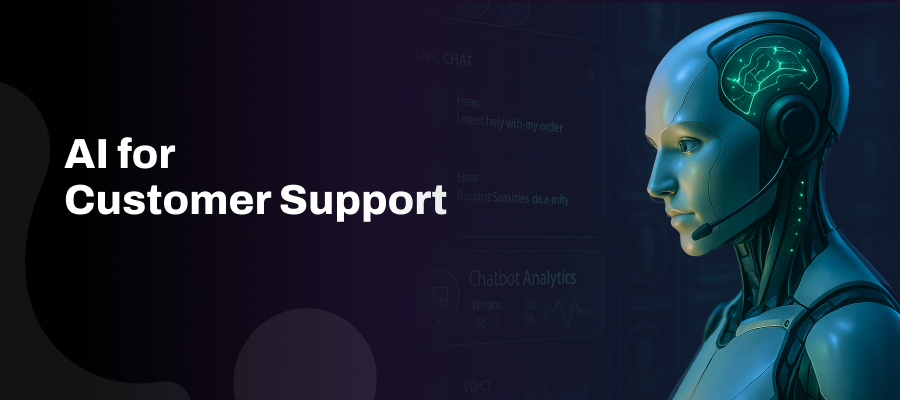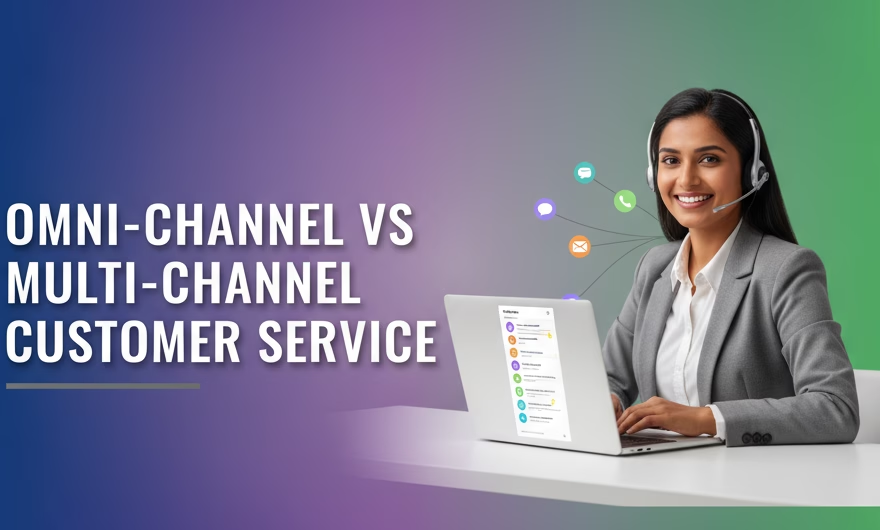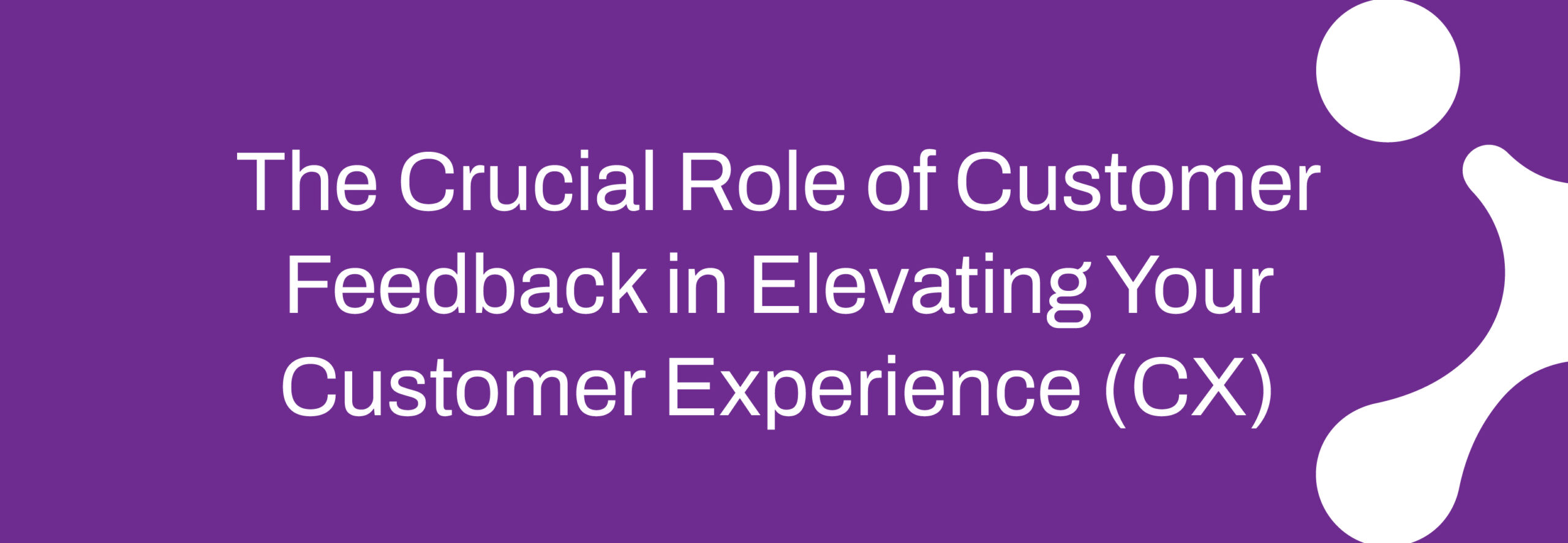Prioritizing the customers to be contacted first and implementing timely collections steps can dramatically minimize write-offs. The most effective debt collection strategies balance operational efficiency with empathy and compliance, ensuring you recover dues while protecting long-term customer relationships.
The most effective debt collection strategies balance operational efficiency with empathy and compliance, ensuring you recover dues while protecting long-term customer relationships.
1. Prioritize Customers for Collections
Identify and prioritize which customers should be contacted first based on clear, objective criteria. A focused, risk-based approach ensures that your team spends time where it will have the highest impact and that customers receive the right level of attention at the right moment.
- Segment by risk and value: Consider outstanding amount, days past due (DPD), historical payment behavior, average balance, and customer lifetime value. Prioritize high-balance and high-risk customers without ignoring early-stage delinquencies that can be resolved quickly.
- Use behavioral signals: Payment promises, partial payments, recent disputes, contact responsiveness, preferred channels, and language preferences help you distinguish between “can’t pay” and “won’t pay.”
- Create dynamic queues: Update contact queues daily as customers pay, promise to pay, or dispute. This keeps outreach relevant and prevents wasted calls.
- Define clear tiers: For example: Tier 1 (high balance/high risk), Tier 2 (newly delinquent with good history), Tier 3 (chronic late payers), Tier 4 (low balance/low risk). Assign specific treatments to each tier.
By prioritizing with data rather than first-in-first-out calling, you reduce roll rates, shorten recovery cycles, and improve agent productivity.
2. Implement Timely Collections Steps
Take prompt action at various stages of delinquency rather than waiting too long. Early intervention can prevent overdue payments from becoming bad debts and helps customers resolve issues before fees or penalties escalate.
- Pre-due reminders: Gentle nudges 3–5 days before due date with the amount, due date, and easy payment options reduce accidental late payments.
- Early-stage (1–15 DPD): Friendly, solution-oriented messages acknowledging that oversights happen and offering quick links to pay or set up a short extension.
- Mid-stage (16–30 DPD): More structured reminders with clear next steps, including options like payment plans or revised dates for customers who signal temporary hardship.
- Late-stage (31–60 DPD): Firmer tone, documented attempts, and escalation paths while maintaining empathy. Offer to speak with a live agent to resolve complex cases.
- Advanced-stage (>60 DPD): Formal notices and compliance-checked escalation. Clearly communicate consequences while still providing a path to make good on the account.
Calibrate frequency and timing based on customer responsiveness and local regulations. Keep call windows, message frequency caps, and opt-in/opt-out preferences compliant and respectful.
3. Use Multichannel Communication
Employ multiple channels such as phone calls, emails, SMS reminders, and automated voice messages to reach customers effectively according to their preferences. A coordinated, consent-driven approach makes it more likely that your message will be seen and acted upon.
- Meet customers where they are: Blend voice, SMS, email, in-app push, and IVR callbacks. For customers who prefer digital-first engagement, send secure payment links via SMS or email; for those who prefer voice, offer agent callbacks or self-serve IVR payments.
- Coordinate messages: Orchestrate a sequence across channels rather than blasting all at once. For example, send an SMS with a payment link, follow up with an email summary, then a scheduled call if there’s no response.
- Optimize for deliverability: Keep messages concise, include the customer’s name, last four digits of the account (if applicable), due amount, and a secure link. Avoid sensitive details over insecure channels.
- Respect consent and preferences: Honor opt-outs immediately, and log channel consents and language preferences. Use quiet hours and frequency caps to protect experience and compliance.
Consistent, multichannel communication increases reach and reduces friction, especially when combined with easy, mobile-friendly payment options.
4. Offer Multiple Payment Options
Provide customers with a variety of payment methods that suit their convenience to reduce payment friction. The simpler it is to pay, the faster your organization will collect dues.
- Digital-first payments: Enable instant online payments via debit/credit cards, net banking, and widely used mobile wallets. Share secured payment links via SMS/email and embed them in reminders.
- Account-to-account and mandates: Support bank transfers and standing instructions/auto-debit mandates for recurring obligations to reduce missed payments.
- IVR and call-assisted payments: Allow customers to make or schedule payments through a self-service IVR, or transfer to a secure agent-assisted flow without exchanging sensitive details verbally.
- Payment plans: Offer short-term installment plans or payment splits for eligible customers to avoid defaults while keeping cash flowing.
- Clear confirmations: Immediately send receipts and confirmation numbers across the customer’s chosen channel, along with the updated outstanding amount.
Ensure all payment options are secure, easy to access on mobile devices, and clearly communicated in every reminder.
5. Monitor Customer Activity in Real-Time
Use intelligent debt collection software to track customer payment activities immediately. This helps to avoid redundant reminder calls and improves the customer experience by preventing embarrassing situations.
- Event-driven updates: As soon as a customer pays, reschedules, or disputes, update the contact queue automatically. Pause further reminders and switch the journey to post-payment acknowledgments.
- Single customer view: Consolidate account details, prior interactions, promises-to-pay, dispute notes, and channel preferences in one place so agents have full context.
- Smart suppression: Deduplicate contacts across campaigns and suppress outreach after a successful payment, a promise made, or a recent conversation.
- Proactive failure handling: If a payment fails or bounces, trigger a helpful message with alternative options and a path to speak to an agent, rather than repeating the same reminder.
- Live dashboards: Track promise-keeping rates, right-party contact (RPC) rates, connect ratios, and resolution times to spot bottlenecks and adjust strategies quickly.
Real-time visibility not only prevents negative experiences but also ensures agents engage with the right accounts at the right moment, improving outcomes and efficiency.
6. Leverage Automation and Personalization
Integrate automated tools, including AI-driven chatbots and predictive dialers, to increase efficiency. Personalize communication by using customer data and history to make conversations relevant and effective.
- Predictive outreach: Use models to determine the best time, channel, and cadence for each customer based on past responsiveness and outcomes. Prioritize high-probability contacts for agent calls and automate low-complexity nudges.
- Dynamic scripts and messages: Tailor voice scripts and message templates with the customer’s name, due amount, due date, last payment date, and approved hardship options. Keep tone empathetic and solution-focused.
- Self-service with escalation: Chatbots and IVR can answer common questions, share payment links, and set up reminders. Offer an immediate handoff to a live expert for complex or sensitive conversations.
- Predictive dialing with compliance controls: Improve connect rates while enforcing guardrails such as call frequency caps, time-of-day restrictions, and mandatory disclosures.
- Continuous learning: Feed outcomes (paid, promised, disputed, unreachable) back into your models and workflows to refine targeting and improve future contact strategies.
Automation scales outreach and reduces manual work, while personalization creates relevance and trust—both essential for faster resolutions and better customer experiences.
Bringing It All Together
These strategies, when combined, help organizations reduce the time to collect dues, improve cash flow, and maintain better customer relationships while minimizing bad debts. Start by segmenting accounts and building dynamic contact queues. Layer in timely, multichannel outreach with clear, easy payment options and immediate confirmations. Maintain a real-time feedback loop so payments, promises, and disputes instantly adjust the next best action. Finally, apply automation and personalization to scale what works without losing the human touch.
When you prioritize the right customers, act early, communicate across preferred channels, make payments effortless, watch activity in real time, and automate thoughtfully, collections become predictable and respectful. The result is a healthier receivables portfolio, lower operational costs, and customers who feel supported—not pressured—throughout the journey.




